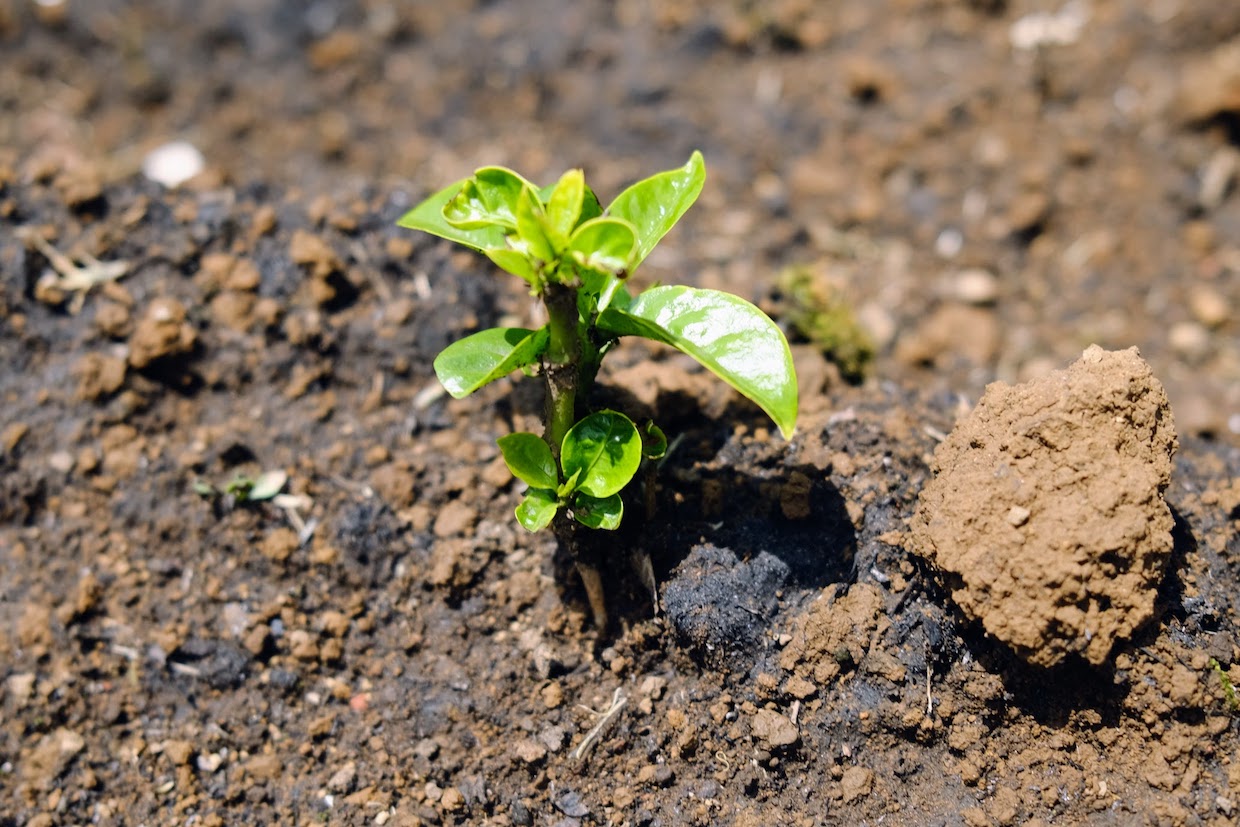Peru’s coffee production for the 2025/26 market year (April to March) is forecast at the equivalent of 4.2 million 60-kilogram bags, up 8% from the prior year, according to the latest USDA estimates.
Higher international prices and increased use of fertilizers are driving the recovery, although persistent threats such as coffee leaf rust and borer infestations continue to weigh on the sector.
Coffee exports are projected to rebound to 4.2 million bags, matching output levels. The United States remains the largest buyer, accounting for 27% of Peru’s exports. Peru is also the world’s leading exporter of organic coffee, with an estimated 90,000 hectares under certification.
[Note: This is part of a series of DCN stories that will explore USDA FAS annual coffee reports. The information agency typically delivers more than a dozen country-level reports on the coffee sector, each coming from different authors and field offices.]
📉 Export Outlook
-
Total coffee exports are forecast at 4.2 million bags, an 8% increase over the prior year.
-
The United States is Peru’s top buyer, accounting for 27% of exports, followed by Germany (19%) and Belgium (11%).
-
Export prices rose 28% in 2024/25, averaging $229 per bag, with U.S.-bound shipments averaging $236 per bag.
-
Peru is the world’s top organic coffee exporter, with certified production on 90,000 hectares.
🌱 Production and Growing Conditions
-
Production is forecast at 4.2 million bags, up from 3.88 million in 2024/25.
-
Harvested area remains at 335,000 hectares, with yields averaging 721 kilograms per hectare, a 2% increase.
-
Well-managed farms can reach yields of 2,700 kilograms per hectare (45 bags).
-
Coffee is grown in 16 of Peru’s 25 regions, with the top-producing regions being: Cajamarca (22%); San Martín (20%); Junín (19%); and Amazonas (15%).
-
Most coffee is grown between 1,000 and 1,800 meters above sea level, and is shade-grown, hand-picked, and sun-dried.
-
Arabica dominates production, with Typica (70%) and Caturra (20%) as the leading varieties.
-
The coffee leaf rust epidemic dating back to 2012 has affected 40% of the crop, while coffee borer damage is common at lower elevations.
-
Over 90% of Peruvian coffee is produced by smallholders, with farms under 5 hectares and only basic infrastructure.
- Access to credit is a major barrier, with many producers unable to use untitled land as collateral. Most farmers rely on cooperatives or informal financing through buyers or local lenders.
-
Labor accounts for 58% of production costs, followed by fertilizer (24%) and other agrochemicals (12%).
☕ Domestic Consumption
-
Domestic consumption is forecast at 300,000 bags, or 6% of total production.
-
Per capita consumption is 950 grams, which is low compared to Colombia (2.5 kilograms) and Brazil (6 kilograms).
-
75% of consumption is soluble coffee, but roasted and ground coffee is gaining traction among urban youth.
📣 Policy and Development Programs
-
Through the MOCCA program, FAS supported over 27,000 producers with training, nursery development and credit access.
-
PromPeru continues to leads national and international promotion of Peruvian coffee.
-
The National Coffee Board and government officials have raised concerns about smallholder readiness for compliance with the EU Deforestation-Free Regulation (EUDR). Congress passed reforms to simplify forestry certification in January 2024, but producers continue to call for more support.
-
Coffee cultivation provides 855,000 jobs, mainly in vulnerable rural areas.
-
The government supports coffee production as a legal alternative to coca under programs like those led by DEVIDA.
-
The National Executive Coffee Council, created in 2021, is leading a national coffee plan through 2030.
For full data tables and charts, view the USDA Coffee Annual Report for Peru (May 2025).
Comments? Questions? News to share? Contact DCN’s editors here. For all the latest coffee industry news, subscribe to the DCN newsletter.





![Coffee Shop (Explicit) by Yung Joc [Feat. Gorilla Zoe] Coffee Shop (Explicit) by Yung Joc [Feat. Gorilla Zoe]](https://i.ytimg.com/vi/3LWrfFhWVuU/hqdefault.jpg)








